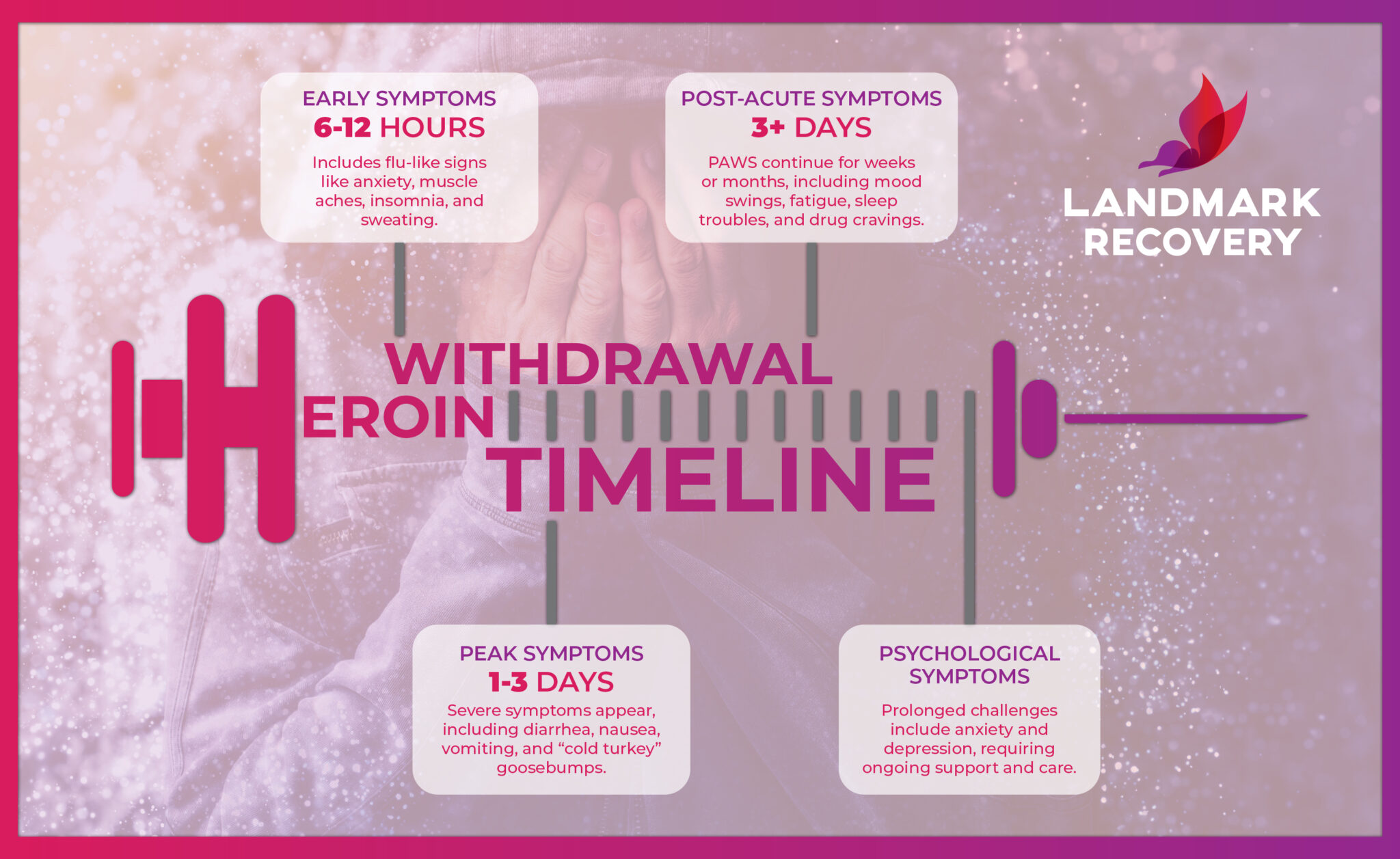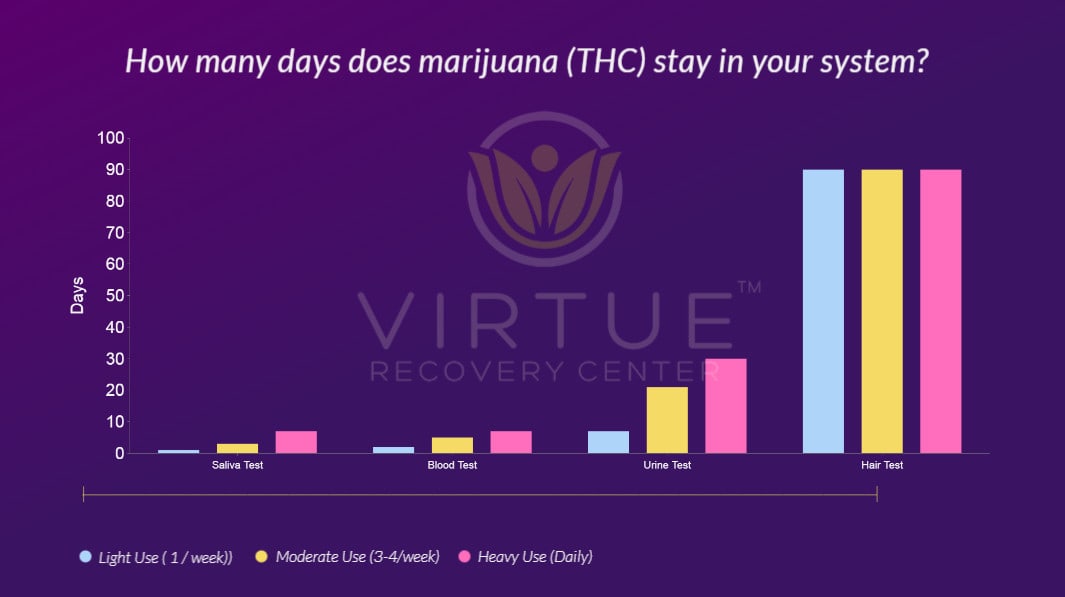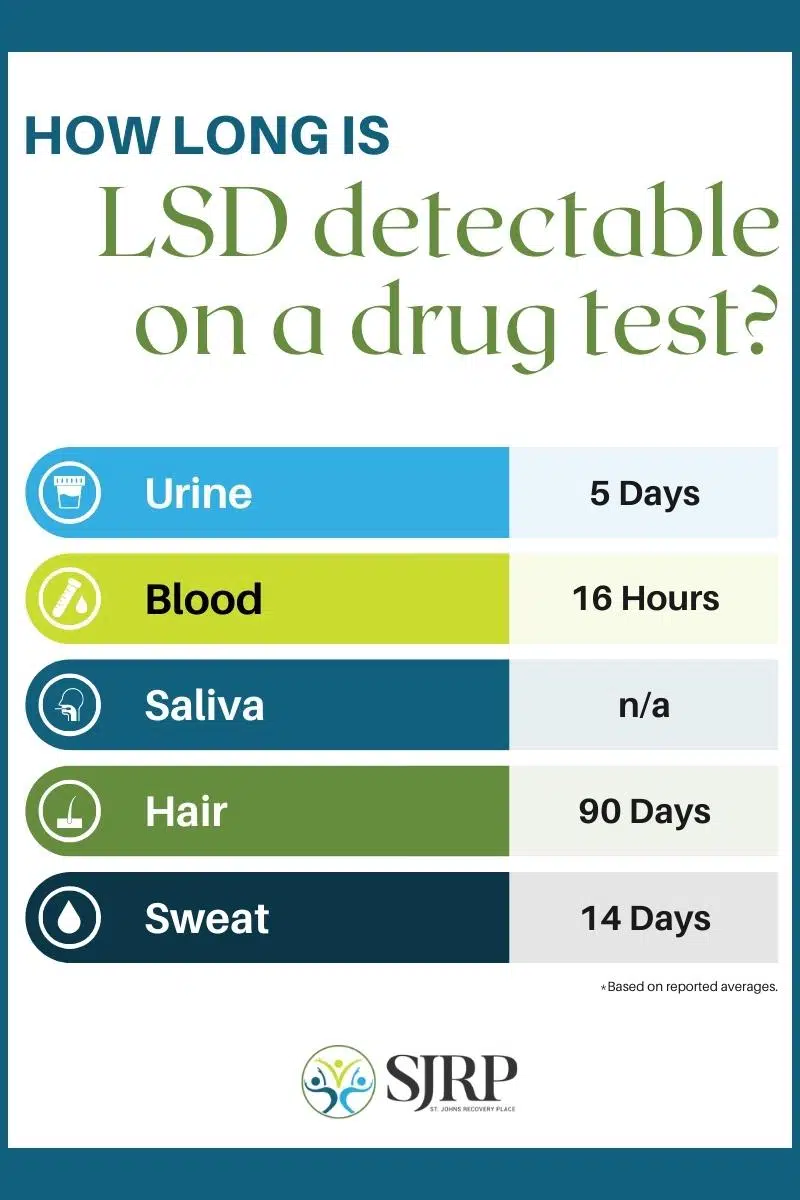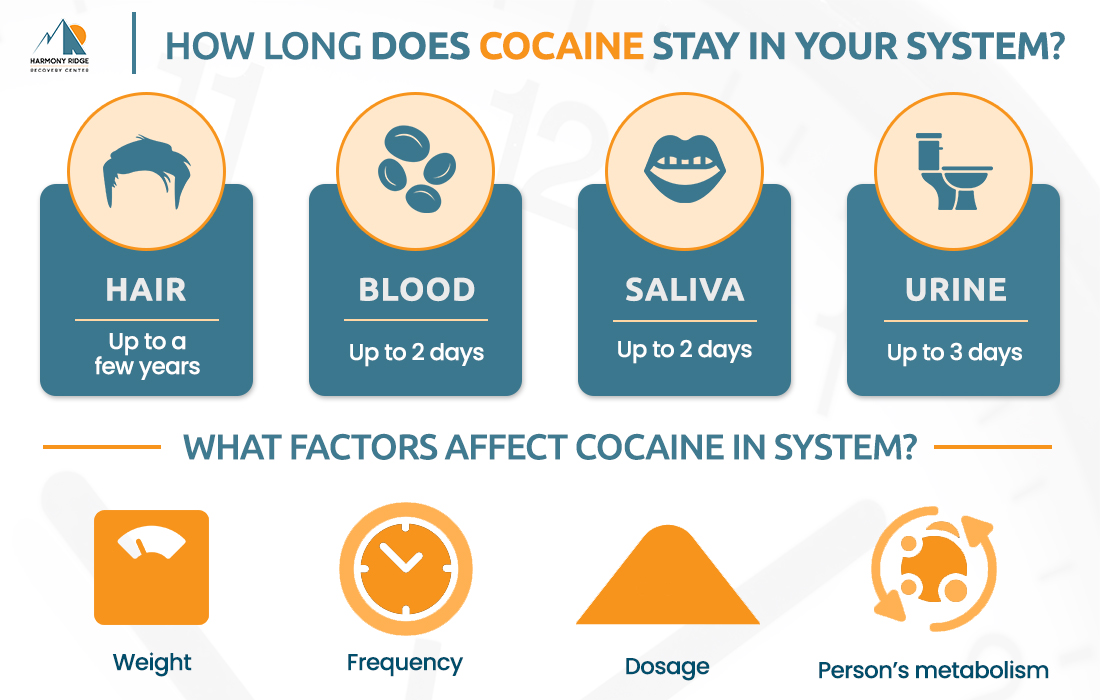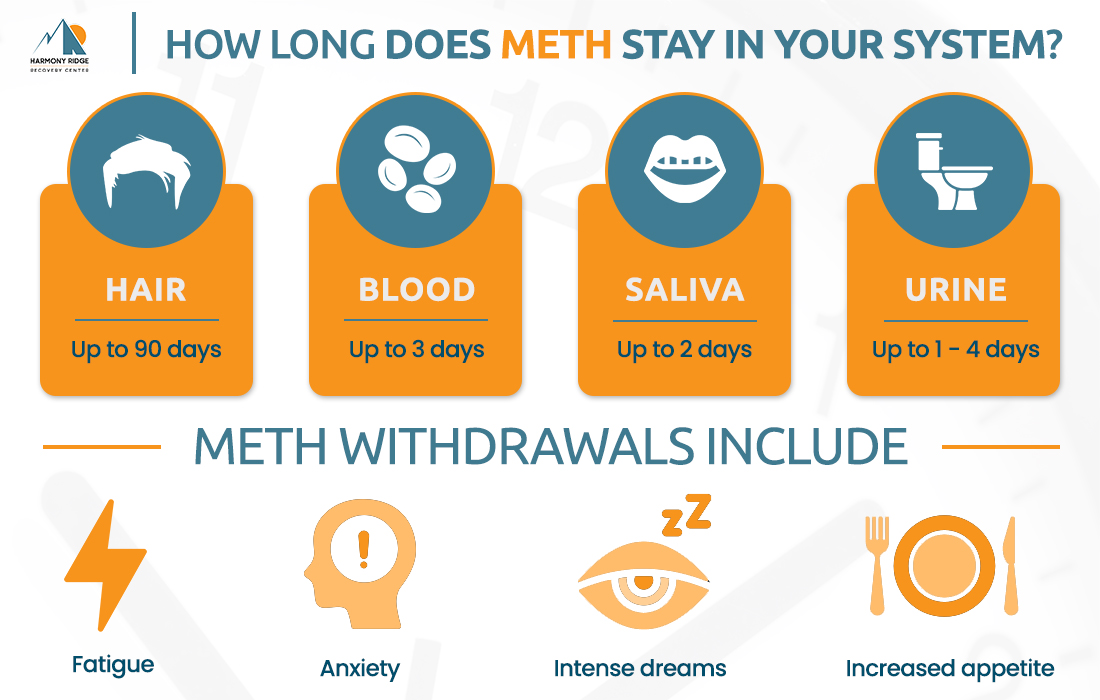How Long Does Sustanon Stay In Your System
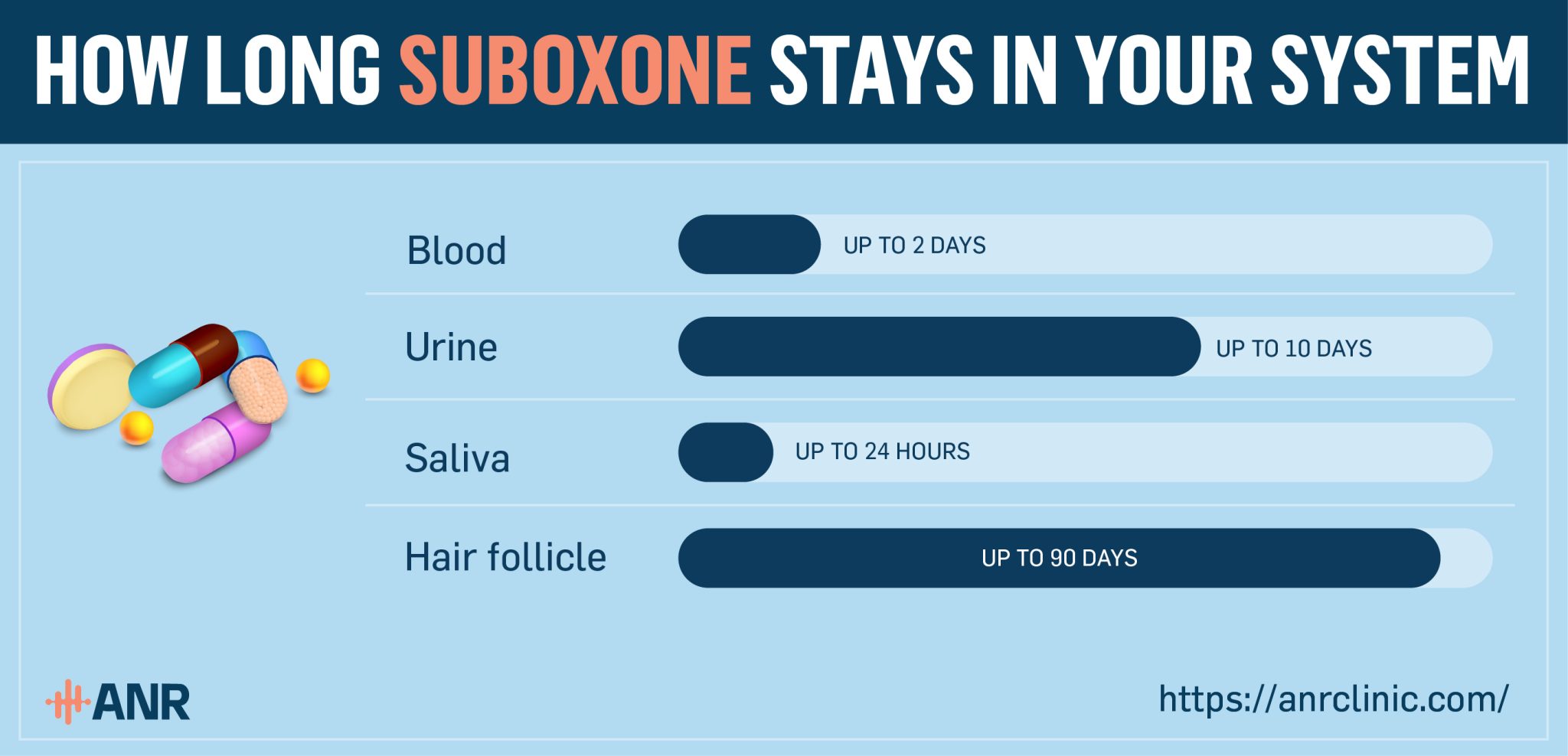
Urgent health concerns are surfacing regarding the detection window of Sustanon, a potent anabolic steroid. Understanding how long this substance remains detectable is crucial for athletes and individuals undergoing drug testing.
This article provides a concise overview of Sustanon's detection period, factors influencing it, and the implications for those using or considering its use.
Sustanon: A Brief Overview
Sustanon is an injectable anabolic steroid comprised of four different testosterone esters: testosterone propionate, testosterone phenylpropionate, testosterone isocaproate, and testosterone decanoate. This combination is designed to provide both a rapid and sustained release of testosterone into the bloodstream.
It's primarily prescribed for treating low testosterone levels in men but is often misused for performance enhancement. Such misuse carries significant health risks.
Detection Times: The Key Facts
The detection window for Sustanon depends heavily on the ester with the longest half-life: testosterone decanoate. Testosterone decanoate remains detectable for a considerable time.
Generally, Sustanon can be detected in urine for up to 3 months after the last injection. However, this timeframe can vary substantially based on individual factors.
Factors Influencing Detection Time
Several factors impact how long Sustanon stays in your system. These include dosage, frequency of use, individual metabolism, and testing method.
Higher dosages and more frequent injections lead to longer detection times. Metabolism plays a critical role; individuals with faster metabolisms may clear the drug more quickly.
Urine tests are the most common, but blood tests or hair follicle tests can sometimes extend the detection window. Hair follicle tests, in particular, can detect Sustanon use for several months, even years in some instances.
The Role of Half-Life
Each ester in Sustanon has a different half-life. Half-life refers to the time it takes for half of the drug to be eliminated from the body.
Testosterone propionate has the shortest half-life (around 1-2 days), while testosterone decanoate has the longest (around 12-14 days). This extended half-life is why Sustanon remains detectable for an extended period.
Health Risks and Legal Implications
Misuse of Sustanon carries numerous health risks, including cardiovascular problems, liver damage, and hormonal imbalances. It can also lead to psychological issues such as aggression and mood swings.
Furthermore, the use of Sustanon without a prescription is illegal in many countries. Athletes caught using it face severe penalties, including disqualification and bans from competition.
Specific Ester Breakdown and Detection Window
Here's a more detailed breakdown of the detection windows for each testosterone ester in Sustanon:
- Testosterone Propionate: Detectable for approximately 2-3 weeks.
- Testosterone Phenylpropionate: Detectable for approximately 2-3 weeks.
- Testosterone Isocaproate: Detectable for approximately 2-3 weeks.
- Testosterone Decanoate: Detectable for approximately 3 months.
Urine vs. Blood vs. Hair Follicle Testing
Urine tests are the most common method for detecting Sustanon, with a detection window of up to 3 months.
Blood tests may detect Sustanon for a shorter period, typically several weeks after the last injection. Hair follicle tests offer the longest detection window, potentially extending to several months or even years.
Minimizing Detection Risk: Is It Possible?
There is no reliable method to significantly reduce the detection time of Sustanon. Attempts to mask its presence through diuretics or other substances are often ineffective and can further endanger health.
The most effective strategy is abstinence from the drug, considering both health risks and potential legal or professional consequences.
Expert Opinions and Research
Medical experts strongly advise against the misuse of anabolic steroids like Sustanon. Research consistently demonstrates the harmful effects of these substances on various bodily systems.
Furthermore, reputable sporting organizations have strict anti-doping policies and invest heavily in developing more sensitive detection methods.
Recent Developments in Testing
Ongoing research is focused on developing more sophisticated and sensitive testing methods for detecting anabolic steroids. These advancements aim to minimize the possibility of athletes evading detection.
New techniques, such as mass spectrometry, are being used to identify even trace amounts of Sustanon and its metabolites.
Conclusion: Next Steps and Continued Vigilance
The extended detection window of Sustanon poses a significant challenge for individuals subject to drug testing. Understanding the factors influencing detection time is crucial.
Individuals considering or using Sustanon should be fully aware of the potential health risks, legal ramifications, and the likelihood of detection. Further research and stricter regulations are crucial to combat steroid misuse.
Athletes and individuals undergoing drug testing should consult with medical professionals and anti-doping authorities for the most accurate and up-to-date information.





